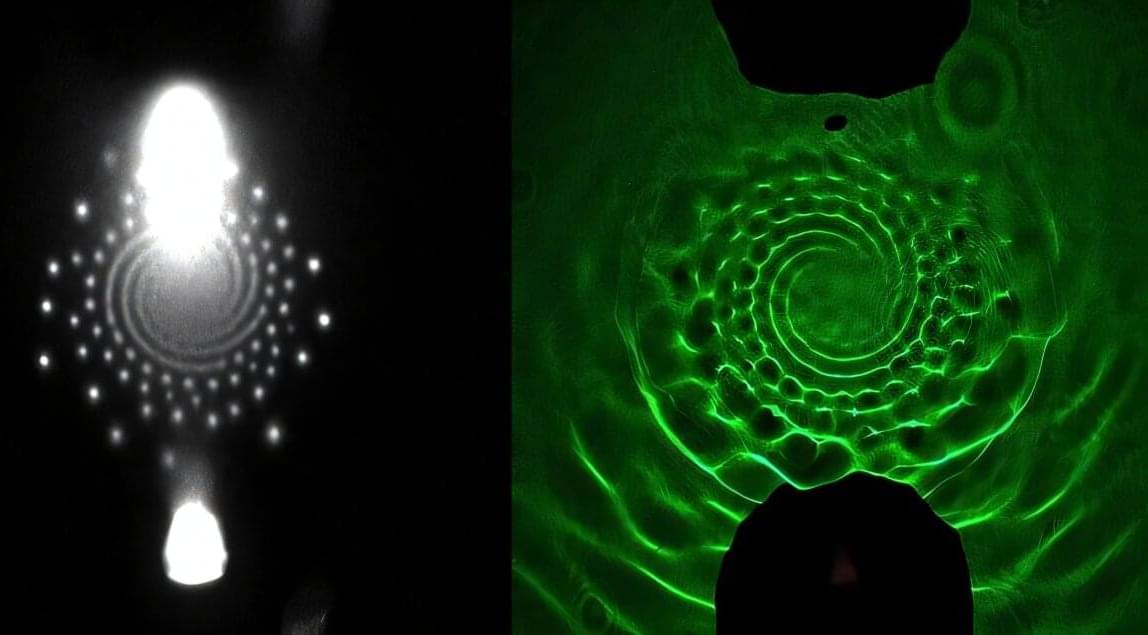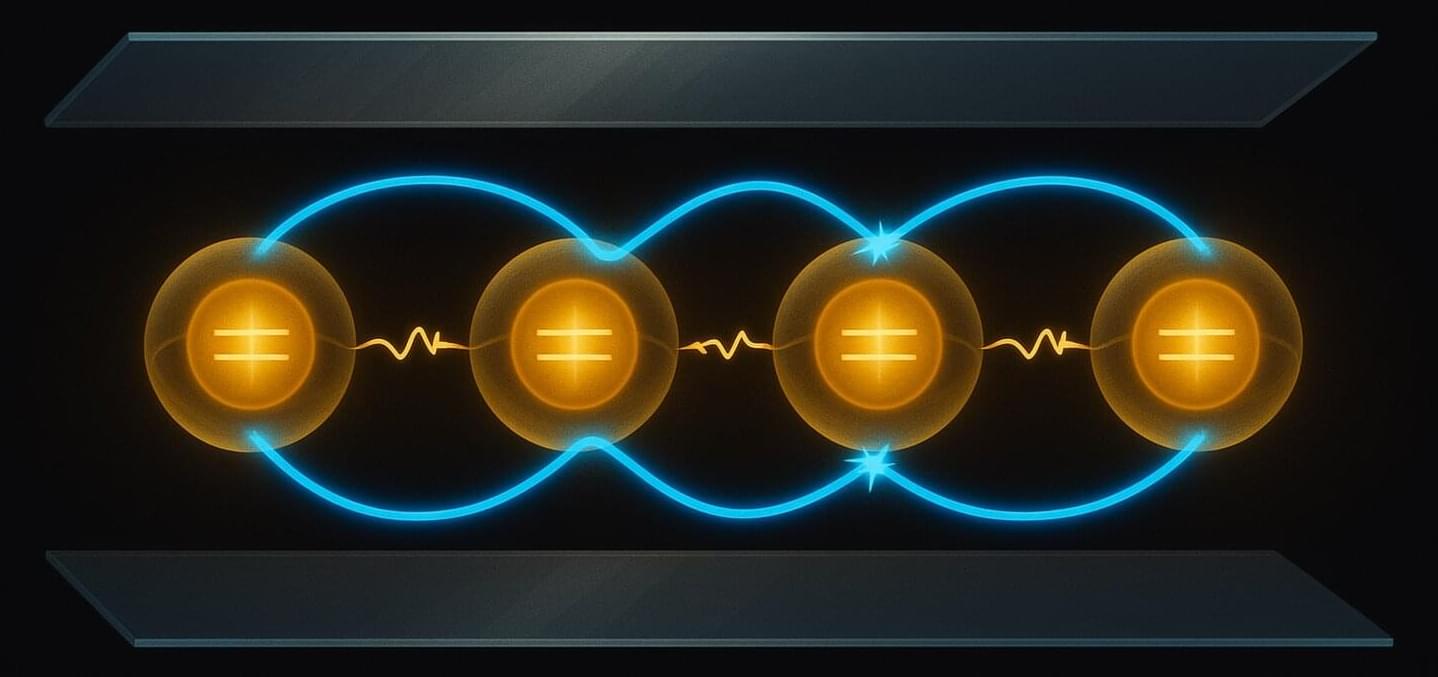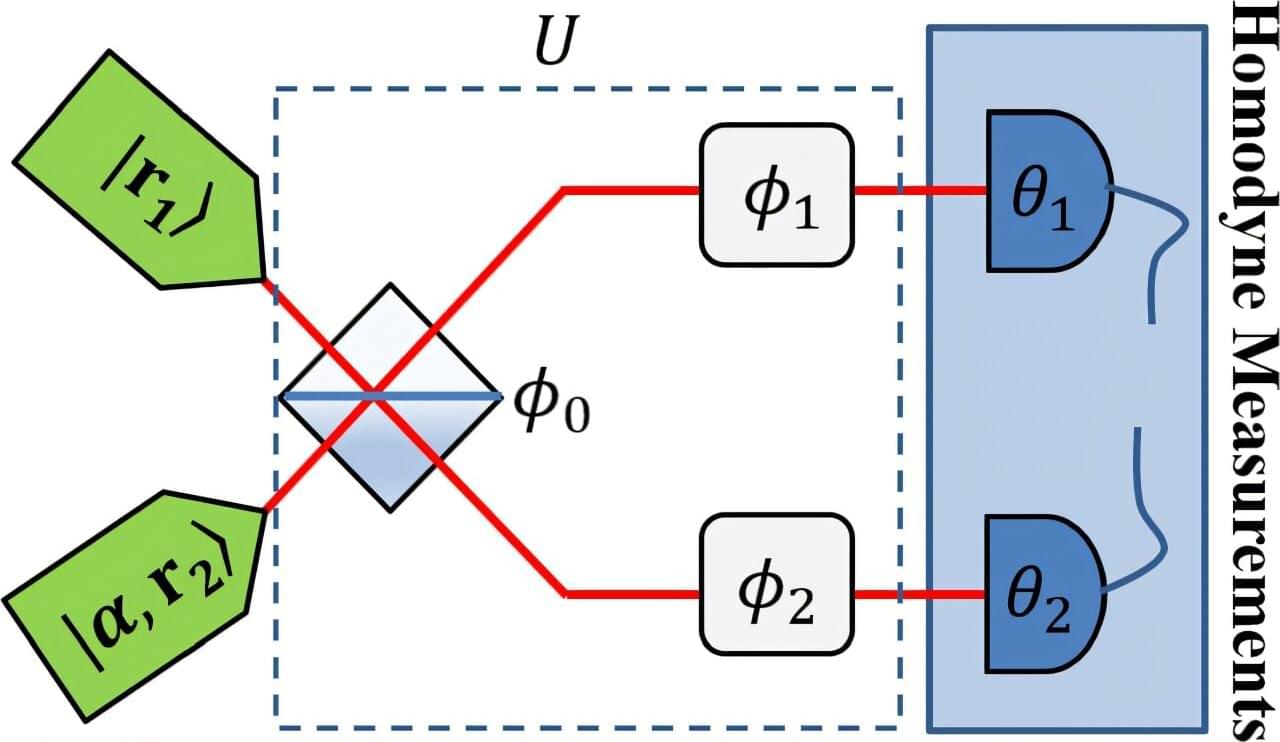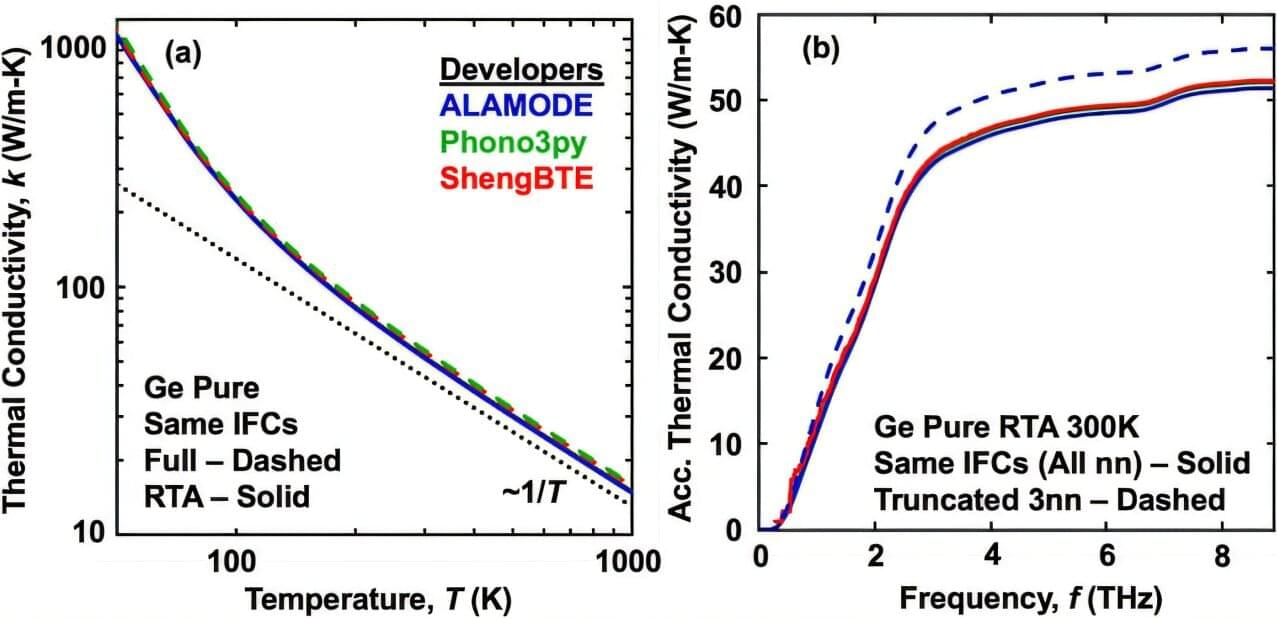Increasing the surface area when plasma and water interact could help scale up a technology that destroys contaminants such as PFAS, detergents and microbial contaminants in drinking water, new research from the University of Michigan shows.
Under certain conditions, when plasma comes in contact with water, it can self-organize, forming intricate patterns resembling stars, wagon wheels or gears that expand the contact area. While the physics of plasma self organization remains elusive, a better understanding can help harness it for more efficient water decontamination.
The U-M research team captured the first images of the water surface below the self-organizing plasma, revealing that the plasma exerts an electrical force on the water that distorts the surface and also generates surface waves.









